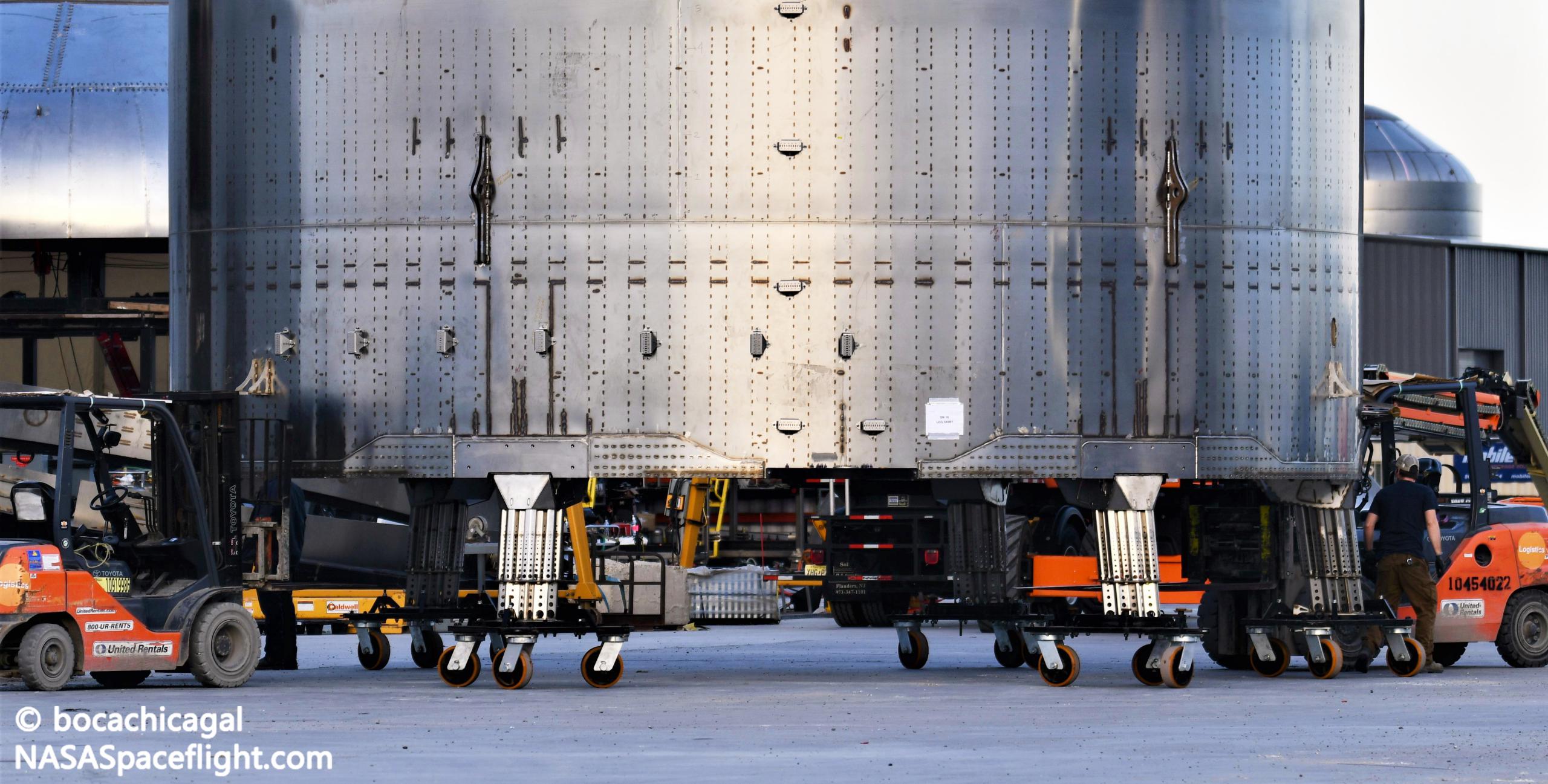
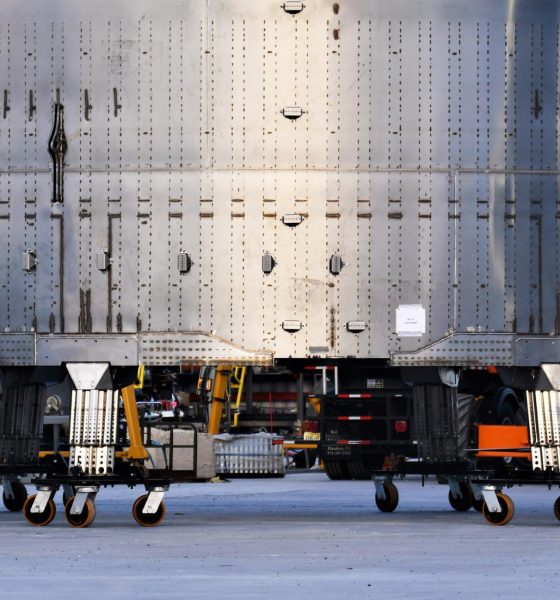
News
SpaceX Starship landing leg upgrades imagined in new fan renders
After new official Starship renders appeared to include the first view of an upgraded landing leg design, a SpaceX fan and digital artist took it upon themselves to sketch out what those new rocket legs might look like.
For almost a full year, SpaceX CEO Elon Musk has been talking about a need for upgraded Starship landing legs and the challenges posed by that seemingly straightforward goal. Now, after Starship SN10 narrowly became the first prototype to land in one piece, and do so in spite of malfunctioning legs, a new design capable of significantly improving reliability, stability, and toughness has likely become a front-and-center priority.
Notably, during SN10’s spectacular landing, at least two or three of the Starship’s six flip-out landing legs failed to properly deploy, leaving just a half to two thirds of the legs needed to fully withstand the momentum of a Starship landing. Starship SN10 didn’t make it easy on those remaining legs, either, and was still traveling at least 15-20 mph (6-8 m/s) at touchdown. As a result, Starship crushed those legs into oblivion, leaving the rocket more or less resting on its skirt with no more than a few inches of ground clearance, if anything.
About eight minutes later, the prototype violently depressurized, producing a massive fireball as any remaining propellant flashed into gas and ignited. It’s unclear if that post-landing explosion was caused – in part or full – by SN10’s landing leg failures or if the rocket was more or less doomed before touchdown by some other technical bug. Regardless the flight test was still a spectacular and historic success for SpaceX, while simultaneously shedding light on shortcomings that can be addressed with Starship SN11 and beyond.
As it turns out, mere hours prior to Starship SN10’s successful launch, landing, and self-destruction, a series of new, official SpaceX renders released as part of an update for a private Starship launch around the Moon may have revealed the latest glimpse of an updated landing leg design.
Notably, the updated design – at least insofar as Erc X’s concepts are within the vicinity of the ground truth – is reminiscent of an earlier leg concept SpaceX revealed in April 2020 as part of a NASA announcement. Around that time, SpaceX – third fiddle to Dynetics and a Blue Origin-led team – won funds to begin the process of designing and building a Starship variant capable of landing NASA astronauts on the Moon in the mid-2020s.
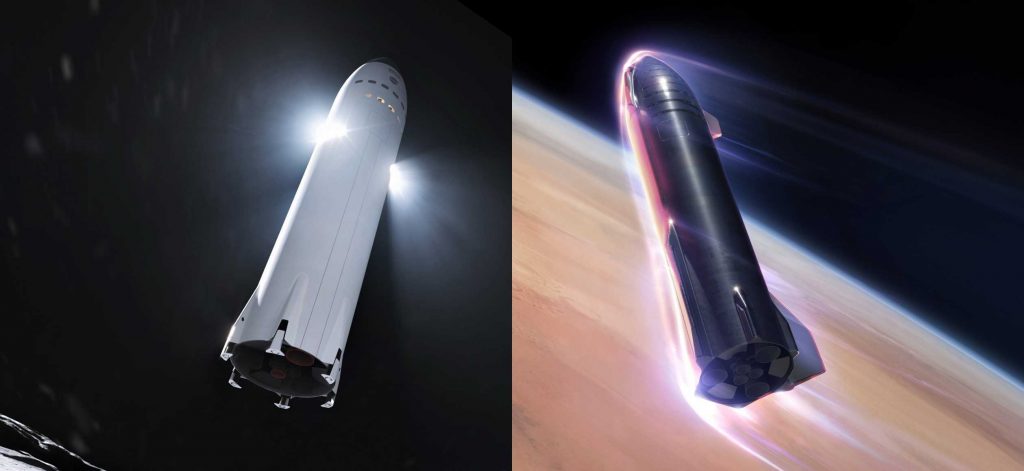
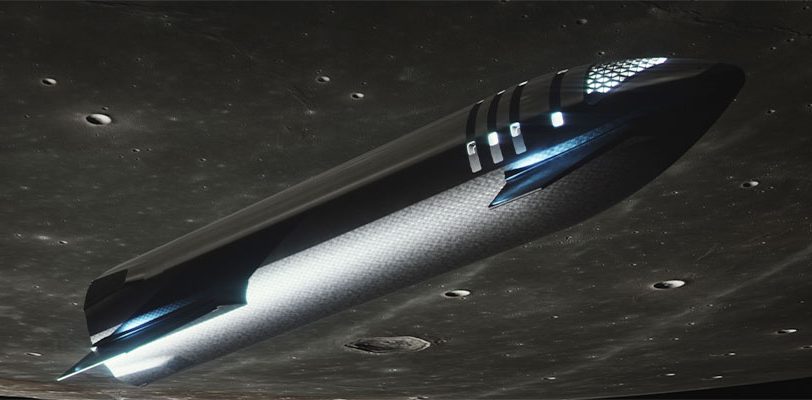
As the fan renders show, there are many different possible landing leg configurations that could feasibly fit into the curious trapezoidal shrouds visible on SpaceX’s latest official Starship renders. Knowing SpaceX and its CEO, it’s also possible – if not likely – that these latest renders are already months old and one or several versions outdated.
Either way, given Starship SN10’s successful landing and progress with Starships SN11 and SN15 thru SN18,, it’s safe to say that significantly upgraded landing legs could start appearing at SpaceX’s Boca Chica, Texas factory any day now
News
Tesla Robotaxi test units spotted in new region ahead of launch
These validation units are used to gain additional data for Tesla’s internal use, or even potentially for regulatory purposes that the company can share with agencies that will eventually grant a license to operate Robotaxi in the state.
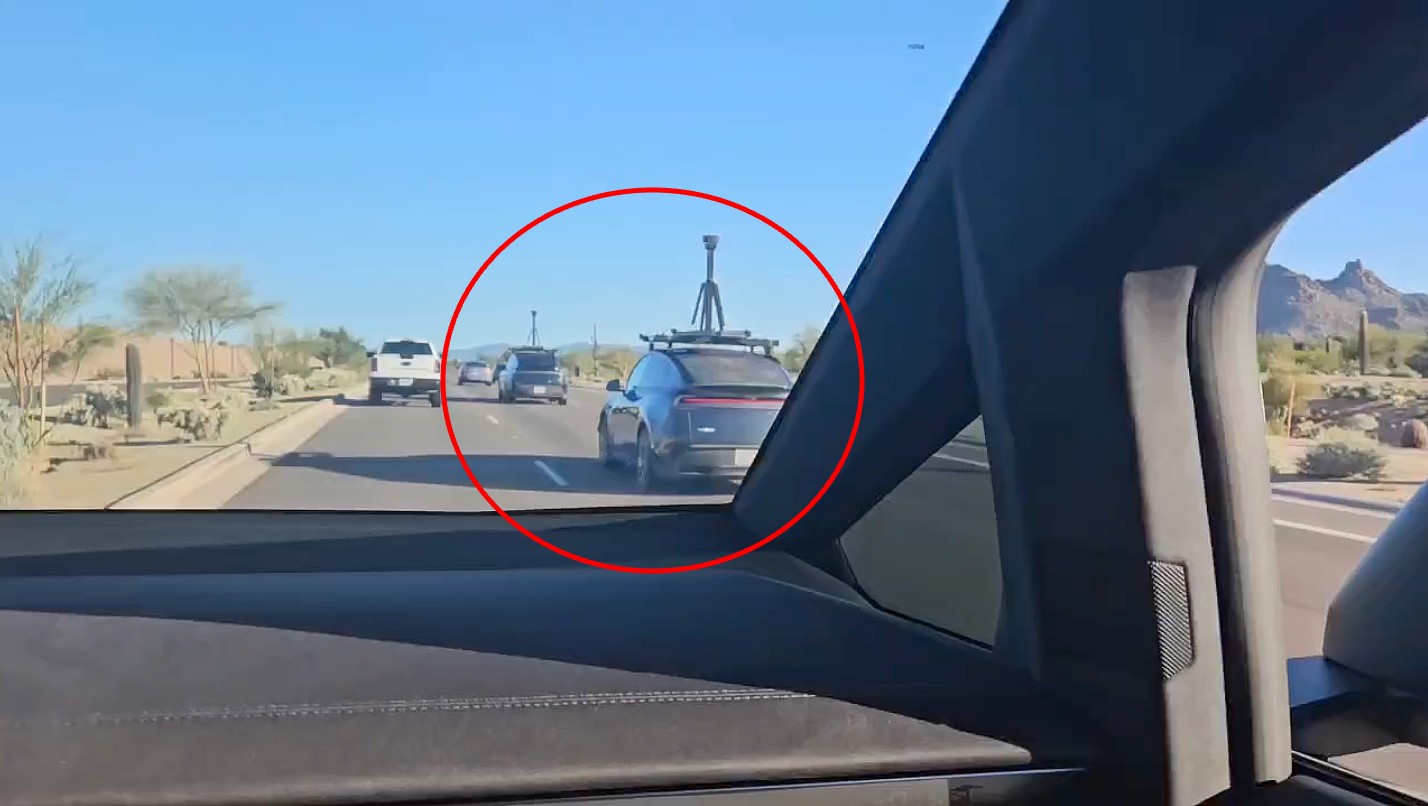
Tesla Robotaxi test units are being spotted in various new regions ahead of their launch in new states. Tesla is aiming to launch in at least a few new states in the coming months as it is ramping up hiring for the Robotaxi program and aiming to expand its ride-hailing service.
Already active in Austin, Texas, and the California Bay Area, Tesla is looking to expand its Robotaxi operations to new states. It’s had its eyes set on Nevada, Florida, and Arizona, which have seemed to have the most movement of the three prospects over the past month or so.
That trend is continuing.
Earlier this month, we reported on two Robotaxi units spotted testing with LiDAR rigs for ground truth validation in Gilbert, Arizona. Noted Cybertruck owner and enthusiast Greggertruck spotted the two units traveling on a highway.
Now, those same two units, or at least they appear to be, were spotted in Scottsdale, which is also a suburb of Phoenix, like Gilbert is, with the same LiDAR rigs:
Real world AI coming to Scottdale! Tesla robotaxi spotted beginning testing! @SawyerMerritt @elonmusk @CuriousPejjy pic.twitter.com/D2eUmQsiao
— MpWraps (@MWraps30584) October 29, 2025
These validation units are used to gain additional data for Tesla’s internal use, or even potentially for regulatory purposes that the company can share with agencies that will eventually grant a license to operate Robotaxi in the state.
Tesla is not a company that utilizes LiDAR for its everyday self-driving efforts, as it has utilized only cameras for the past several years.
Tesla Vision, as the company calls it, is what CEO Elon Musk feels is needed to achieve a fully autonomous network of vehicles, which will eventually need zero supervision for passenger transportation.
LiDAR is utilized by other companies, like Waymo, but Tesla has maintained that it is not necessary for several years. Musk has called it a “crutch” for achieving the proper self-driving tech, and the company only uses it for an additional bit of data.
Tesla has been operating its Robotaxi service in Austin since late June, and it has expanded its service area in the city to nearly 300 square miles, with its most recent expansion occurring earlier this week.
Elon Musk
Tesla’s popular side business is going to get bigger, Elon Musk says
It took several years to get the Diner developed, built, and opened. On July 21, Tesla launched the Diner to the public at 4:20 p.m. local time (of course), after years of development. Musk first offered the idea of a drive-in Supercharger Diner back in December 2018.
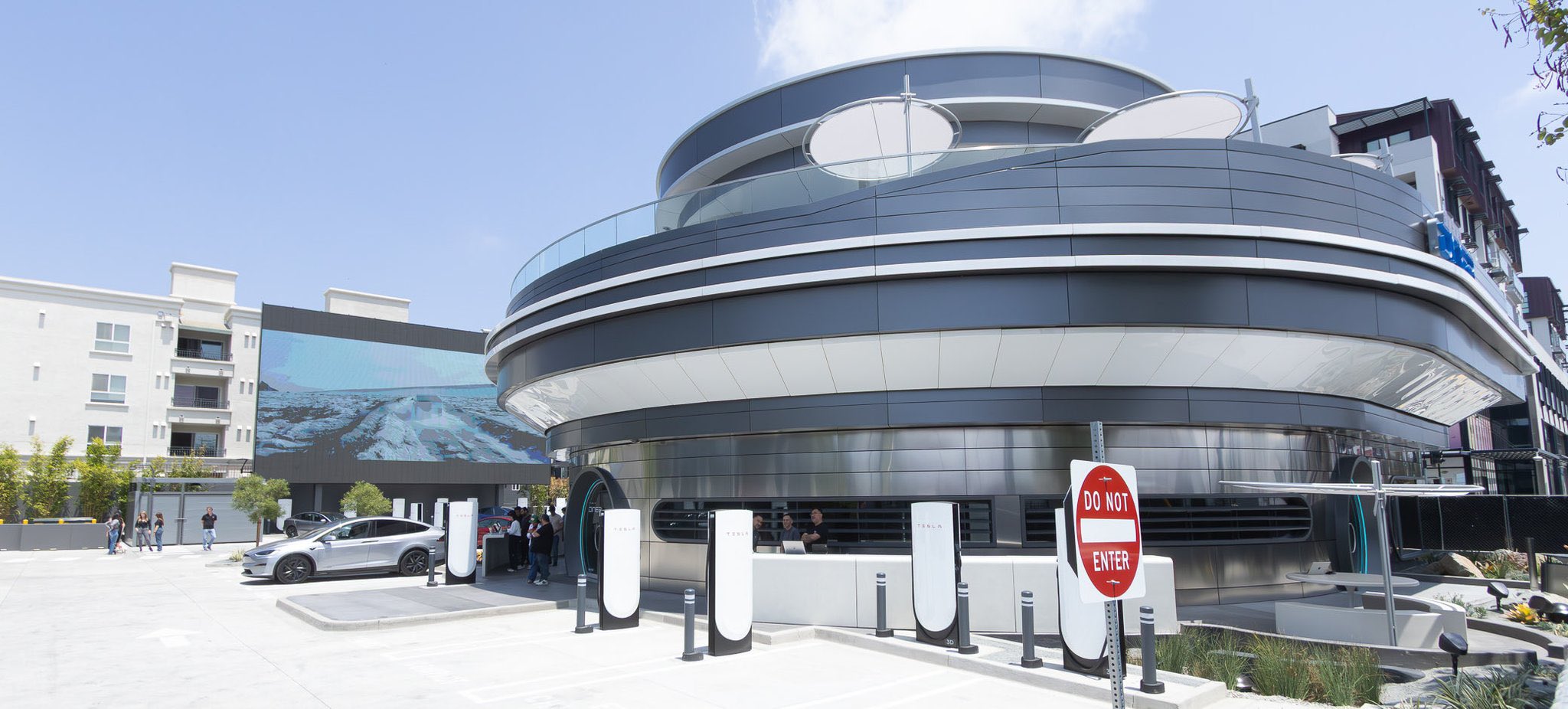
Tesla will open two new Diner locations in the United States after its first location in Los Angeles has been a raging success, as it is constantly packed and serving food for 24 hours a day, every day.
Tesla CEO Elon Musk said that the initial Diner location on Santa Monica Boulevard is “going well,” and based on reviews and its constant out-the-door lines, it is safe to say it has been a major outlet of interest for people in the area.
It features two massive movie screens, a menu that is locally sourced and has been created by a world-class chef, and Supercharging for EVs. It truly is the perfect stop for those who are hungry, need entertainment, or need a quick charge.
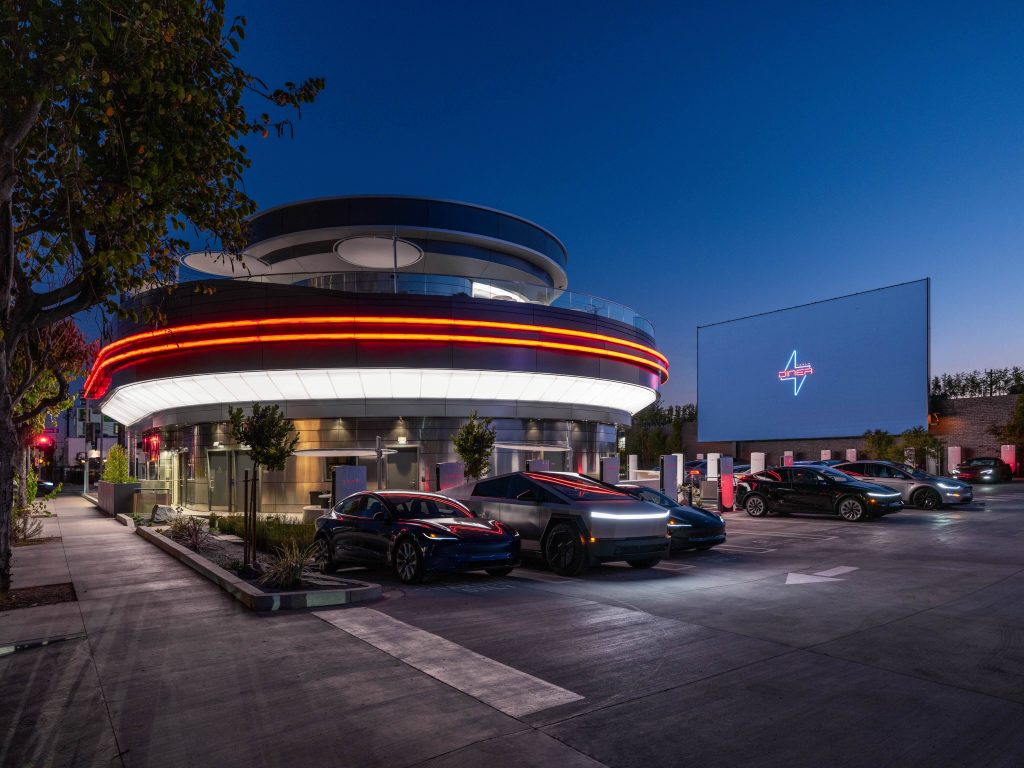
Credit: Tesla
So far, Tesla has not released too many details on the success of the restaurant, but it did state in a graphic for its Q3 Supercharging stats that it sold roughly 50,000 burgers at the Diner in Q3, roughly 715 each day. Burgers are not the only thing on the menu, either.
With how well it has gone, Musk is now considering the possibility of new locations that are notable to Tesla, including Austin and Palo Alto.
On Friday, Musk revealed he believes it “probably makes sense to open one” near Gigafactory Texas and Engineering HQ in Palo Alto:”
The futuristic Tesla Diner is going well. Probably makes sense to open one near our Giga Texas HQ in Austin and engineering HQ in Palo Alto. 😋 https://t.co/l0DUtR8CFg
— Elon Musk (@elonmusk) October 31, 2025
It took several years to get the Diner developed, built, and opened. On July 21, Tesla launched the Diner to the public at 4:20 p.m. local time (of course), after years of development. Musk first offered the idea of a drive-in Supercharger Diner back in December 2018.
By 2023, Tesla had secured building permits and broken ground on the site in September of that year.
Since its launch, it has been a popular hotspot for Tesla fans and others to visit, although it has attracted unwanted attention from protestors as well.
Cringey protestors are outside the Tesla Diner in Los Angeles singing “Elon Musk has got to go”
These people are absolutely nuts pic.twitter.com/LZ0U6rpMIn
— TESLARATI (@Teslarati) October 27, 2025
They look hungry. If they walked inside and ordered some food, maybe they’d stop yelling into microphones and threatening Musk.
Elon Musk
Elon Musk’s AI empire grows as xAI leases Palo Alto space near Tesla
The expanding footprint of Elon Musk’s companies in Palo Alto bodes well for the CEO’s plans in the area.
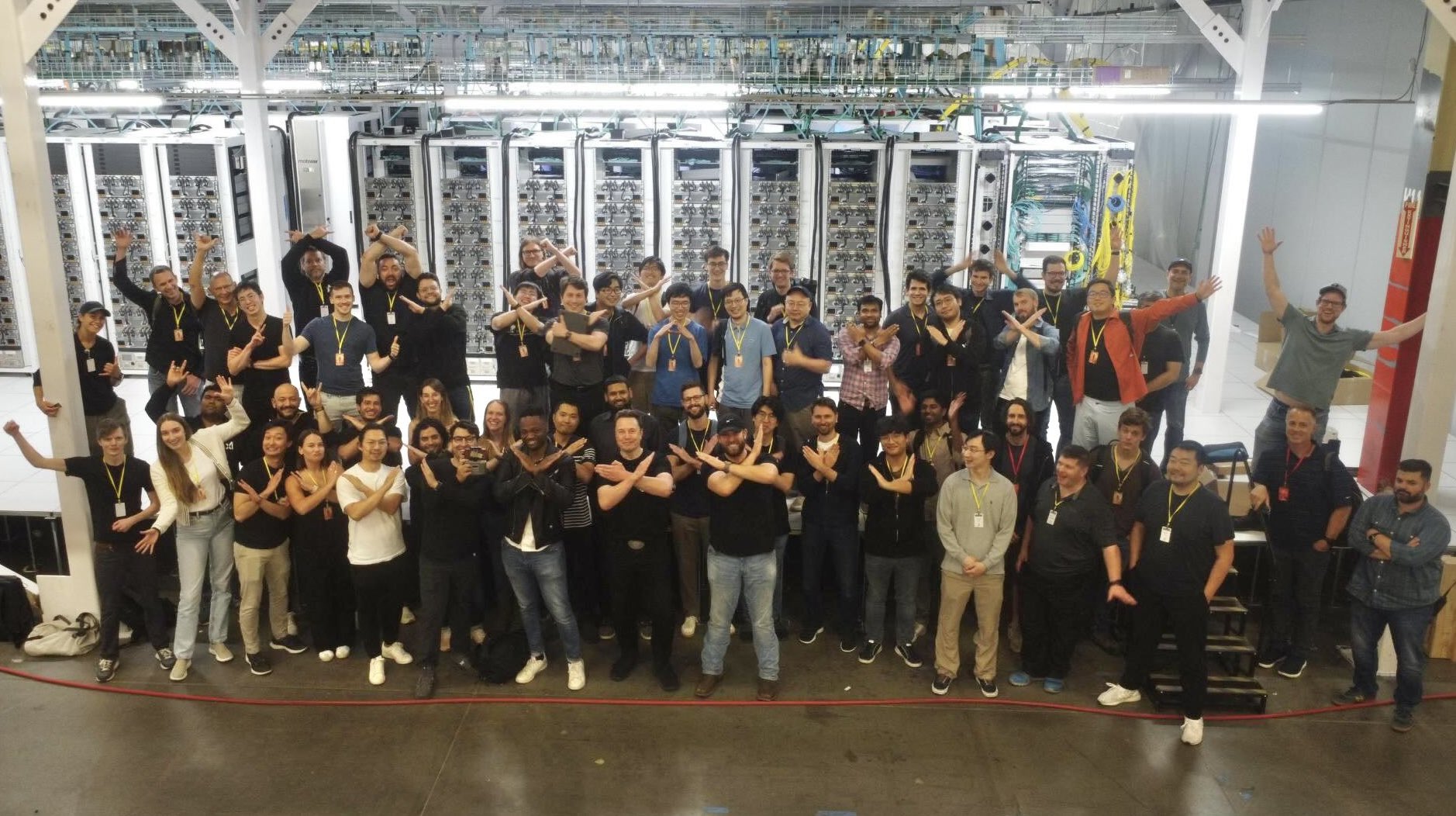
Elon Musk’s artificial intelligence startup, xAI, is expanding its Silicon Valley footprint, leasing roughly 105,000 square feet of office space at Palo Alto’s Page Mill Center, just blocks away from Tesla’s engineering complex.
Musk’s deepening Silicon Valley footprint
People familiar with the matter have informed the San Francisco Business Times that xAI’s lease at Page Mill Center may already have been finalized, adding to the company’s existing headquarters at 1450 Page Mill Road. The two offices share a parking lot, reflecting Musk’s strategy of consolidating his ventures. Tesla’s engineering hub is also just a few blocks away.
The new offices form a growing cluster of Musk-led companies in the heart of the Valley and come as xAI has listed over 250 job openings. These include listings for engineers, designers, and technical staff, among others.
xAI’s aggressive hiring push hints at rapid scaling, which makes quite a lot of sense considering the company’s ambitious projects. xAI oversees the large language model Grok and other AI initiatives such as the newly launched Grokipedia, and the startup has also acquired the social media platform X. Real estate owner Hudson Pacific Properties, the owners of Page Mill Center, have so far declined to comment.
AI demand and Silicon Valley’s office rebound
Silicon Valley’s office market, long subdued by remote work trends, is seeing renewed activity from AI firms. Hudson Pacific told investors this summer that tenant demand has reached a three-year high, with over half of new leases driven by artificial intelligence companies. Vacancy rates have now fallen for four straight quarters to 16.6% as well, CBRE reported.
The expanding footprint of Elon Musk’s companies in Palo Alto bodes well for the CEO’s plans in the area. Musk, after all, has previously butted heads with officials, resulting in his two biggest ventures, electric vehicle maker Tesla and private space company SpaceX, officially relocating their headquarters to Texas.
-
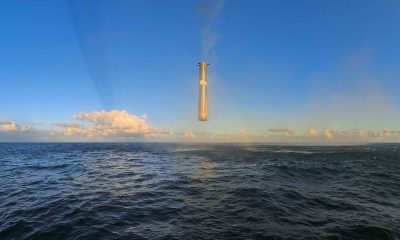
 Elon Musk2 weeks ago
Elon Musk2 weeks agoSpaceX posts Starship booster feat that’s so nutty, it doesn’t even look real
-

 Elon Musk2 weeks ago
Elon Musk2 weeks agoTesla Full Self-Driving gets an offer to be insured for ‘almost free’
-
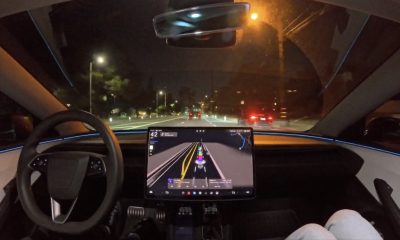
 News2 weeks ago
News2 weeks agoElon Musk confirms Tesla FSD V14.2 will see widespread rollout
-
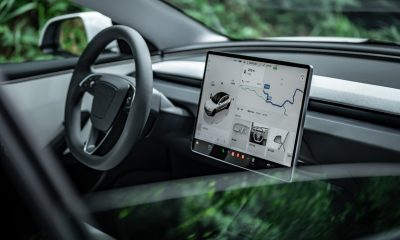
 News2 weeks ago
News2 weeks agoTesla is adding an interesting feature to its centerscreen in a coming update
-

 Elon Musk2 weeks ago
Elon Musk2 weeks agoTesla CEO Elon Musk’s $1 trillion pay package hits first adversity from proxy firm
-
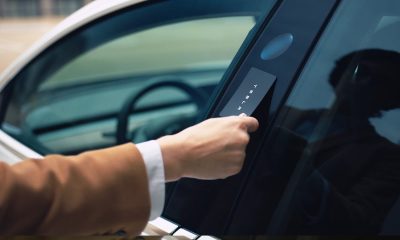
 News2 weeks ago
News2 weeks agoTesla might be doing away with a long-included feature with its vehicles
-
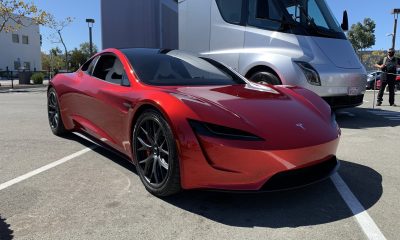
 News2 weeks ago
News2 weeks agoTesla updates fans on its plans for the Roadster
-
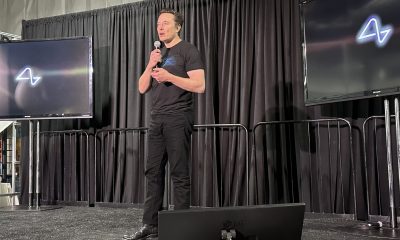
 Elon Musk2 weeks ago
Elon Musk2 weeks agoAfter moving Tesla to Texas, Elon Musk is back in the Bay Area with Neuralink expansion

















